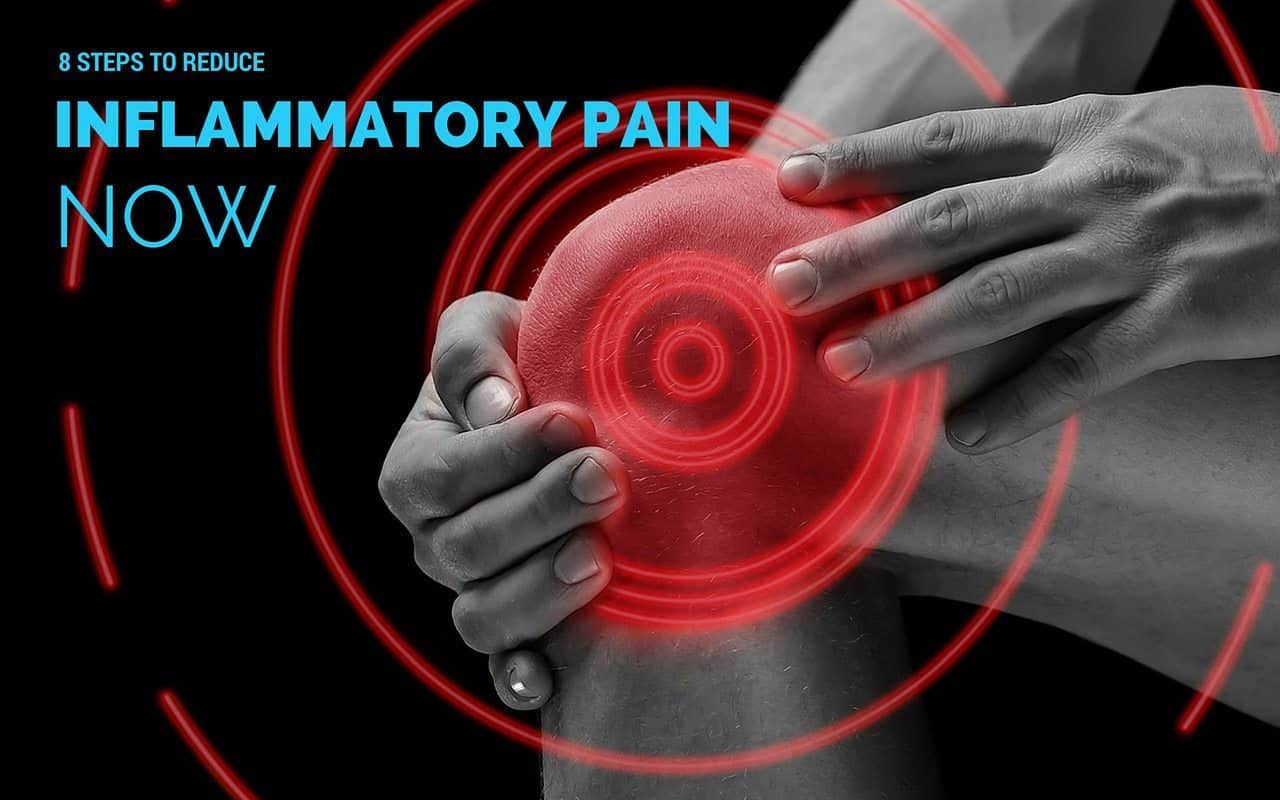The –ITIS Problem
Every joint in our body is a complex yet elegantly-designed system of moving parts. Muscles, which facilitate movement by their flexing and relaxing, are attached to the bones of our skeletal system with ligaments and tendons; these bones meet in the middle of the joint – this can be seen in our elbows, knees, and even our knuckles. The bones meeting are cushioned by thick, solid layers of cartilage, which prevents the bones from rubbing against each other and causing painful friction. Our joints are amazingly versatile, yet with this much movement it is often a matter of when, not if, you will need to reduce inflammatory pain.
Inflammation: an Indicator that there is Something Wrong
However, inflammation is an important bodily indicator; it can be thought of as alarm that alerts the body to smaller-scale damage that we might otherwise miss or dismiss. Primary inflammation is typically symptomless if working properly – whenever we exercise, eat or even breathe the body is working to efficiently detoxify and repair. Chronic or secondary inflammation, on the other hand, springs up to protect the body – it allows the tissue in the affected area to grow and change in order to deal with the ongoing stress affecting it. Chronic inflammation is often accompanied by pain, swelling and swiftness that catches our attention and drives us to seek treatment.
How to Reduce Inflammatory Pain
The reduction of inflammation and pain in joints is usually done through the usual means of treatment, which have settled into being our usual response because of their proven effectiveness over time.
- Rest is always important when a joint becomes inflamed. Continuing to demand much of it will tax it even more, which will only result in even more difficulty getting the pain to go away. Rest is required to allow the joint to fully heal – and in many cases, especially for overuse injuries, it’s the best response. Even a reduction of activity can go a long way, if for example it can’t be removed entirely due to work concerns.
- Cold and ice often prove very helpful to inflamed joints. Using an ice pack or cold compress will help reduce the swelling, and will also reduce the temperature that accompanies it. This will help relieve some of the discomfort. The cold will also numb the nerves in the area, allowing one some relief from the pain that typically accompanies inflammation.
- Compression and elevation round out the traditional remedies. Compression keeps the inflammation down by essentially giving it nowhere to go, and tight binding – as long as it doesn’t cause pain or cut off circulation – can also serve to insulate the joint a bit. Elevation will slow the blood flow to the joint, helping reduce the inflammation as well.
Aside from these means, medication also tends to be a commonly-pursued avenue of pain relief. Non-steroidal anti-inflammatory drugs or NSAIDs are particularly popular in cases where the inflammation is not due to joint overuse but due to autoimmune causes, where medication can allow the patient to experience much greater quality of life than they would otherwise. However, anti-inflammatory medication to reduce inflammatory pain is not without side effects, some of which can be rather problematic. It is helpful to remember that the medication is itself a toxin of a sort, which will need to be eliminated by the body. It’s no accident that anyone taking prescription anti-inflammatory medication is required to take periodic liver function tests. Doctors are very careful to watch out for liver toxicity and potentially problematic drug interactions.
Alternative Inflammatory Pain / Anti-Inflammatory Methods
There are some alternative anti-inflammatory remedies to taking medication, mainly built around strengthening the body against inflammation.
- Reinforcing the primary pathway of inflammation can be done by stocking up on Omega 3 fatty acids. There are many supplements rich in Omega-3, which can both help strengthen the symptomless primary inflammation and reduce the pain felt in chronic inflammation.
- Plant enzymes such as bromelain help catalyze the repair of body cells. Taking supplements rich in these enzymes can help improve our rate of cellular repair by reducing the byproducts of inflammation.
- As one might have guessed, efficient inflammation is tied in to a healthy immune system. What one might not be aware of is that 70% of our immune-system cells are found in the gastrointestinal tract, and are fed by short-chain fatty acids that are not naturally occurring. These are produced in the fermentation of complex carbohydrates (such as those seen in vegetables, whole grains and beans) in our system when they react with the probiotic bacteria in the intestinal lining. Anyone suffering from inflammation would do well to take probiotics on a daily basis to keep this going.
- While raising the amount of Omega-3 fatty acids is a good move, Omega-6 fatty acids should be reduced. These are found in grains, baked goods, meat and dairy. While still essential parts of any diet, they don’t help a whole lot when one is trying to combat inflammation. Unlike the Omega-3 fatty acids which contribute to primary inflammation, Omega-6 fatty acids are the building blocks of chronic inflammation. Having too much of these causes the body to shift gears from primary inflammation straight to chronic inflammation.
- As inflammation is at least partly driven by the need to expel toxins from the body, it can’t hurt to increase one’s water intake to help facilitate this. While the minimum amount varies from person to person, proper hydration is important for everyone. Skip the dehydrating drinks like alcohol and carbonated drinks, and focus on good old-fashioned clean water.
For more information on our Copper Infused Compression Sleeves, Click Here!
